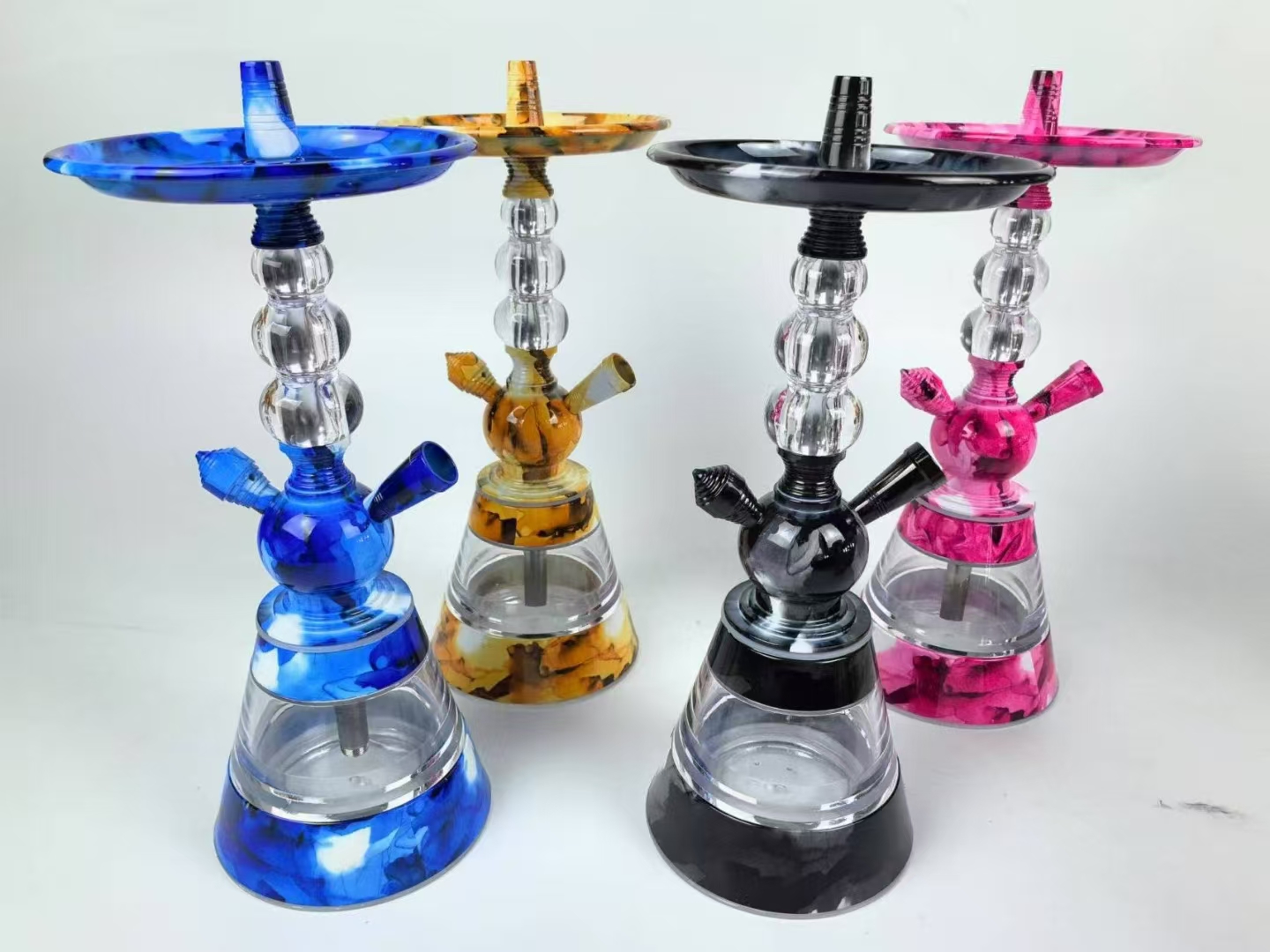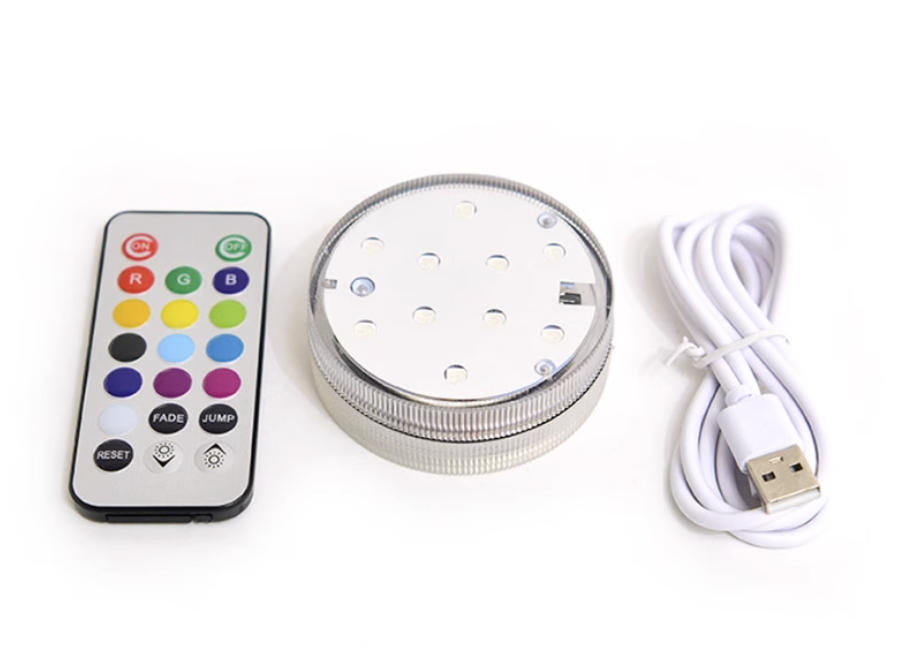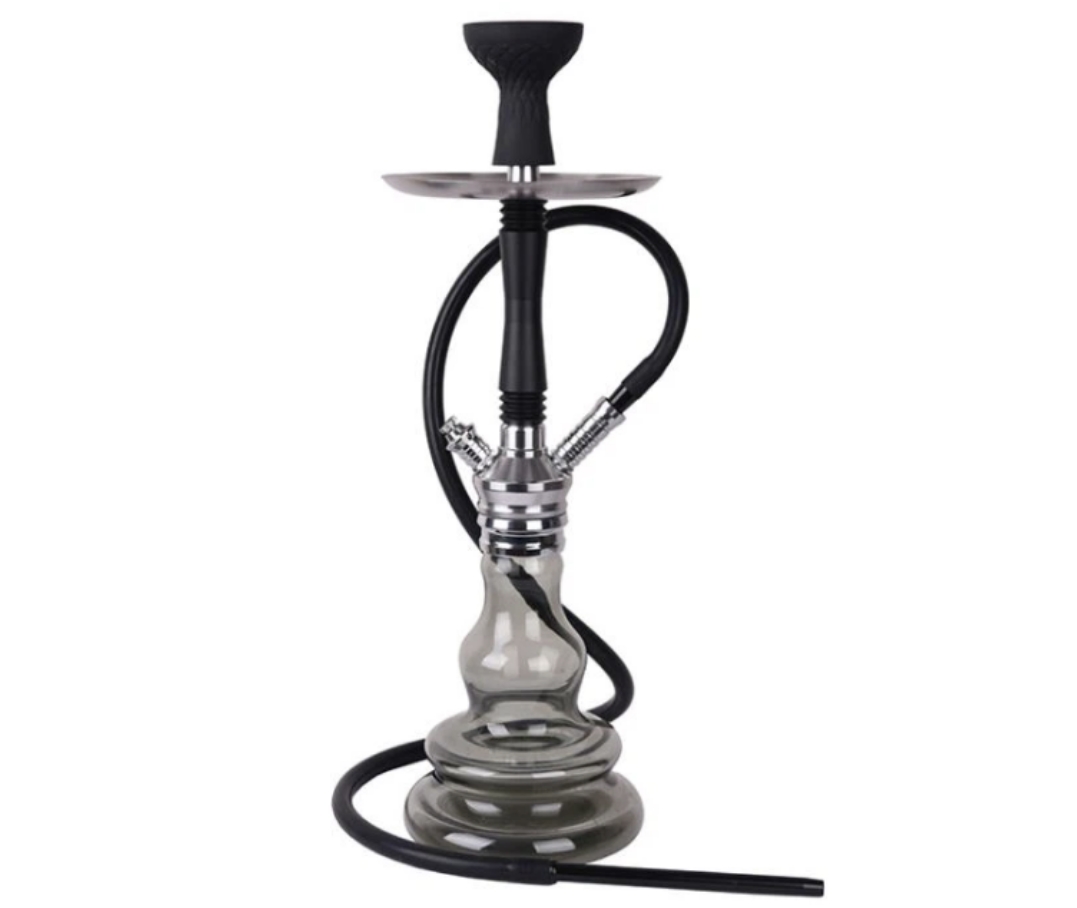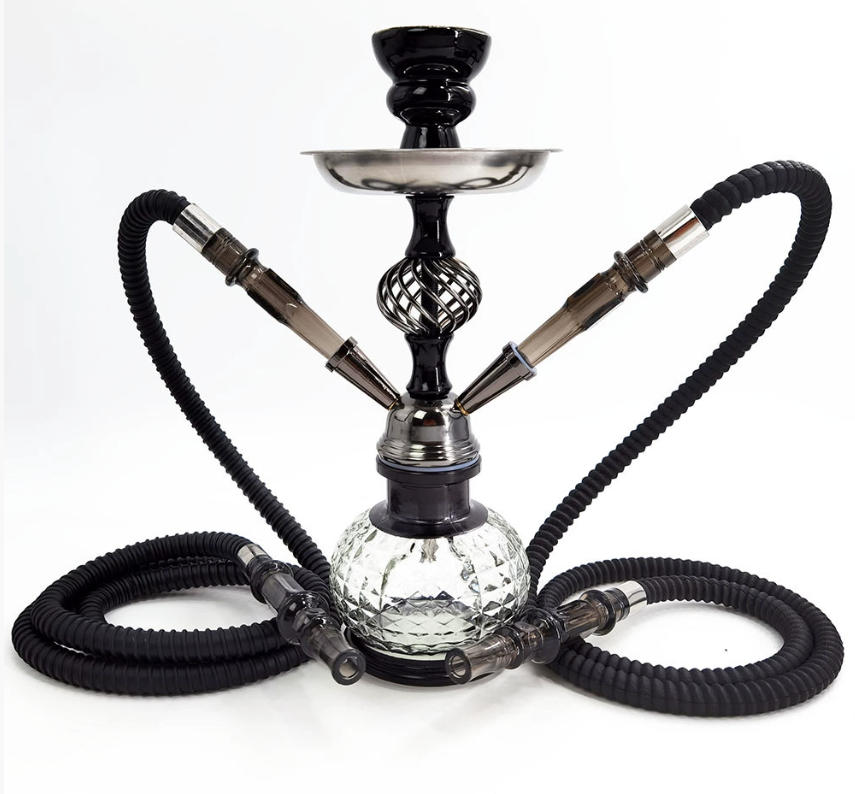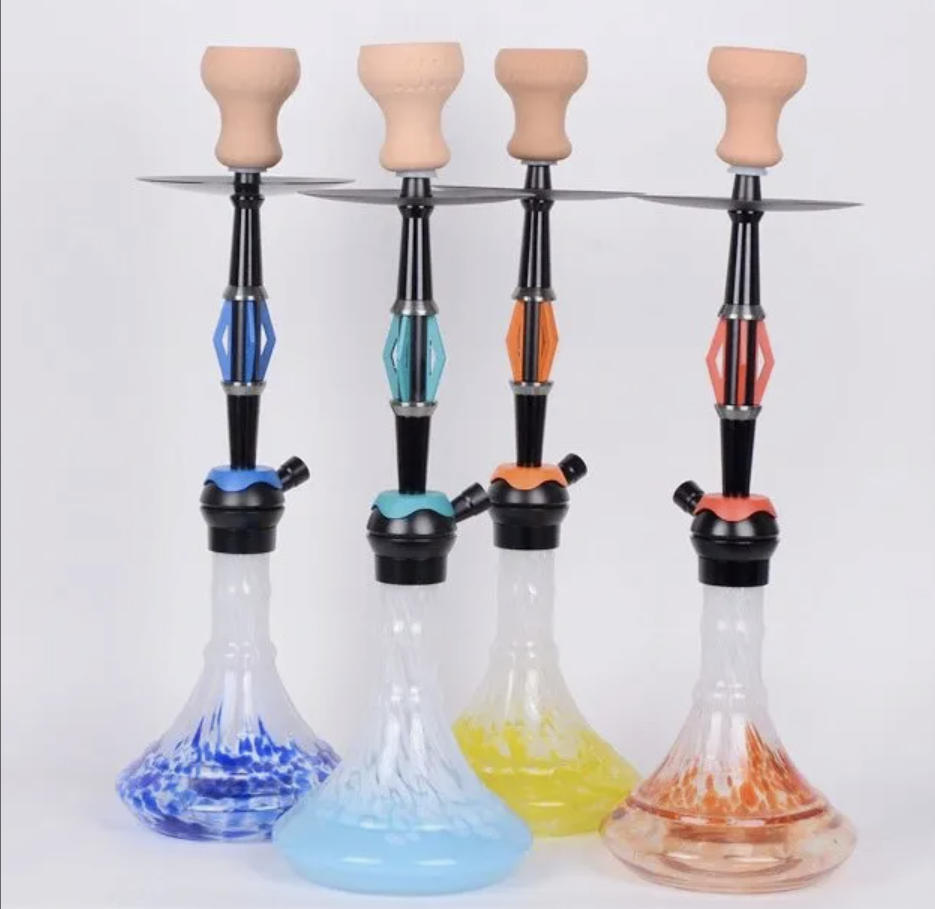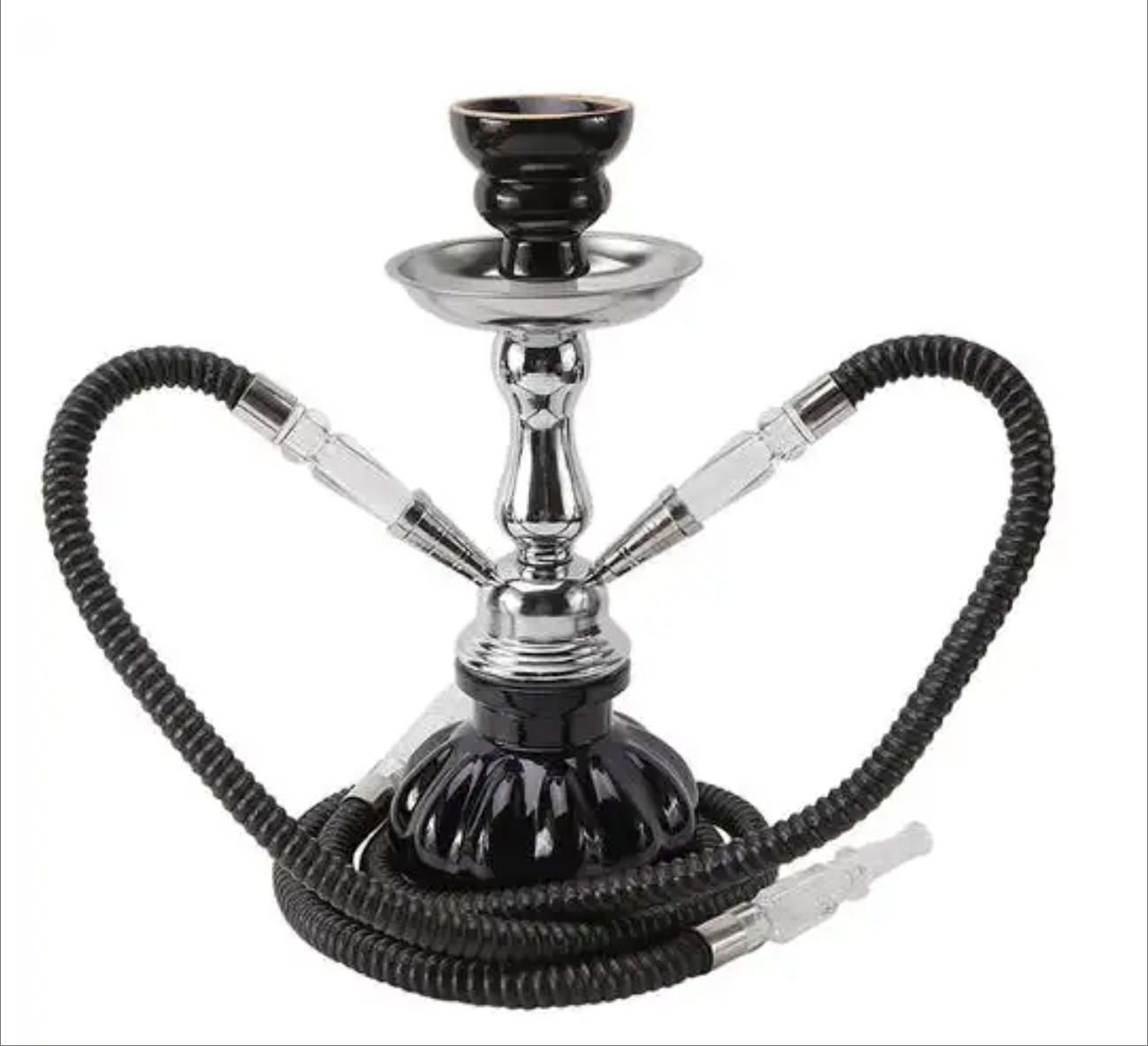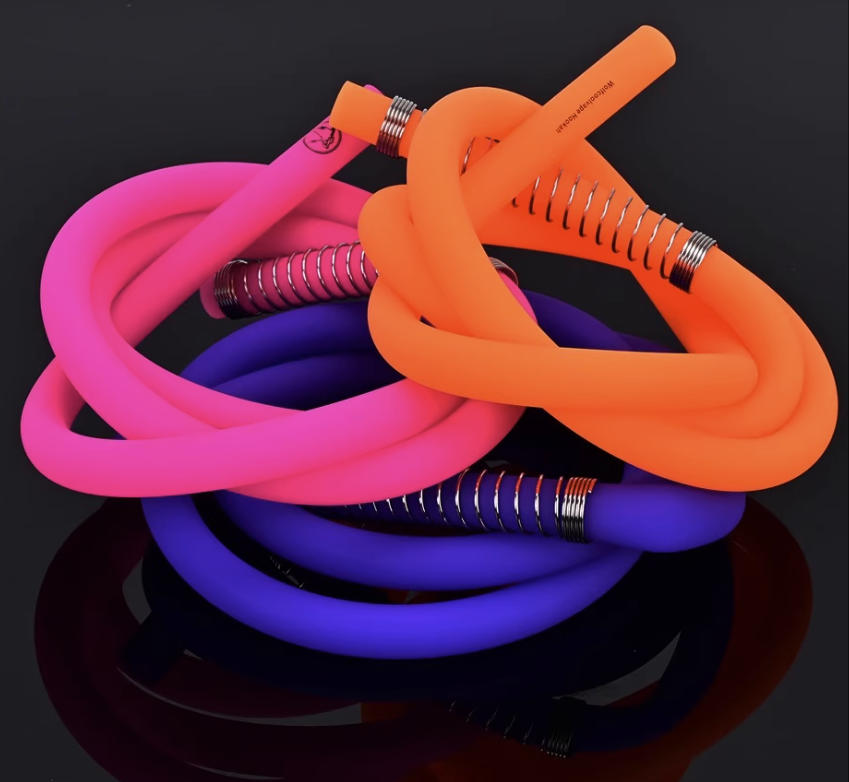What is a Hookah Used For?
Table of Contents
-
Introduction
-
Conclusion
Introduction
Hookah, also known as shisha or water pipe, has become a popular pastime in many parts of the world, from cozy hookah lounges to private gatherings at home. Its origins trace back centuries, and today, it serves as both a cultural tradition and a social activity. As a hookah wholesale expert, I’ve seen firsthand how hookahs bring people together, offering a unique experience that combines relaxation, flavor, and community. But what is a hookah used for? This article explores the multifaceted uses of hookah, its cultural roots, mechanics, modern applications, health considerations, and practical tips for safe enjoyment, all while providing actionable insights for enthusiasts and newcomers alike.
What is a Hookah Used For?
A hookah is primarily used for smoking flavored tobacco, known as shisha, in a social or personal setting. The device filters tobacco smoke through water, creating a smooth, flavorful experience that many find enjoyable. Unlike cigarettes, hookah smoking is often a leisurely activity, with sessions lasting 30 minutes to an hour, making it a centerpiece for social gatherings. For example, in my experience supplying hookahs to lounges, I’ve observed groups of friends spending hours at a hookah lounge near me, sharing stories over clouds of flavored smoke.
Hookahs are also used to explore a variety of flavors, from classic double apple to modern blends like love 66 or blue mist. According to a 2023 study by the American Lung Association, over 100 flavor options are available in the U.S. market, catering to diverse tastes. Beyond tobacco, some users experiment with non-tobacco, nicotine-free shisha for a lighter experience, though this is less common. The versatility of hookah makes it a unique tool for relaxation and socialization, distinct from other smoking methods.
The Cultural Significance of Hookah
Hookah smoking originated in India during the 16th century, as documented by the British Museum, and quickly spread across the Middle East and North Africa. It became a symbol of hospitality in cultures like those in Egypt, Turkey, and Persia, where offering a hookah to guests was a gesture of warmth. In traditional settings, hookahs were used during family gatherings, religious celebrations, or business discussions, fostering a sense of community.
Today, this cultural legacy continues in hookah bars worldwide. For instance, I’ve supplied traditional Khalil Mamoon hookahs to lounges that aim to recreate the authentic Middle Eastern experience, complete with ornate designs and communal seating. The hookah’s role in cultural rituals underscores its enduring appeal, making it more than just a smoking device—it’s a bridge to heritage and connection.
How Does a Hookah Work?
Understanding how a hookah works is key to appreciating its use. A hookah consists of several components: a bowl for holding shisha, a hose for inhaling smoke, a water-filled base, and a stem connecting these parts. When a user inhales through the hose, air is drawn over heated charcoal, which burns the shisha. The resulting smoke passes through the water, cooling and filtering it before reaching the user.
For optimal performance, the setup is critical. In my wholesale business, I recommend using high-quality charcoal, like coconut coals, which burn evenly and produce less ash. The water level in the base should cover about an inch of the downstem, as advised by Hookah-Shisha.com, to ensure proper filtration without restricting airflow. This process creates the smooth, flavorful smoke that defines the hookah experience, making it a preferred choice for those seeking a relaxed smoking session.
Popular Uses of Hookah in Modern Settings
In contemporary contexts, hookahs are used in various ways, reflecting their adaptability:
-
Social Gatherings: Hookah lounges near me are hubs for socializing, where friends enjoy flavored shisha while catching up. Lounges like Pushkin Hookah Lounge & Bar in San Diego offer vibrant atmospheres with music and food, enhancing the experience.
-
Personal Relaxation: Many purchase hookah sets for home use. Brands like Mya and Al Fakher provide portable options, perfect for unwinding after a long day. I’ve seen customers pair their hookahs with calming flavors like mint to create a spa-like ambiance at home.
-
Cultural Events: Hookahs are featured at cultural festivals or weddings, particularly in Middle Eastern and South Asian communities. They add a traditional touch, often paired with teas or desserts.
-
Alternative Smoking: Some users explore hookah vapes or electronic hookahs for a smokeless experience, though traditional shisha remains more popular. The World Health Organization notes a growing trend in hookah use among younger demographics, with 12% of U.S. college students reporting hookah use in 2022.
These applications highlight the hookah’s versatility, making it a staple in both casual and ceremonial settings.
Health Considerations of Hookah Smoking
While hookah smoking is often perceived as less harmful than cigarettes, it’s not without risks. The Centers for Disease Control and Prevention (CDC) states that a one-hour hookah session can expose users to the smoke equivalent of 100–200 cigarettes due to prolonged inhalation. This can lead to health issues like respiratory problems or heart disease, particularly with frequent use. Nicotine in shisha can also be addictive, though non-tobacco options exist for those seeking a nicotine-free hookah.
On the flip side, the social and relaxing nature of hookah can offer mental health benefits, such as stress relief, when used in moderation. For example, I’ve spoken with lounge owners who report customers using hookah sessions as a form of mindfulness, focusing on the ritual of setup and smoking. However, it’s crucial to balance enjoyment with awareness of health impacts. Always choose reputable shisha brands and avoid overuse to minimize risks.
Tips for Using a Hookah Safely and Effectively
To ensure a safe and enjoyable hookah experience, consider these actionable tips:
-
Choose Quality Equipment: Invest in a durable hookah, like those from Amy Deluxe or Khalil Mamoon, available at retailers like HookahWholesalers.com. A well-made hookah ensures better smoke quality and longevity.
-
Proper Setup: Fill the base with water to cover 1–1.5 inches of the downstem. Pack the shisha loosely in the bowl to allow airflow, as recommended by Hookah.org. Use a heat management device, like a Kaloud Lotus, to control charcoal heat and prevent burning.
-
Select Safe Charcoal: Opt for natural coconut coals over quick-light varieties, which can release harmful chemicals. Light coals fully on an electric burner before use.
-
Experiment with Flavors: Try popular hookah flavors like Al Fakher’s double apple or Starbuzz’s blue mist. Mix flavors for variety, but start with single notes to understand their profiles.
-
Clean Regularly: Rinse the hookah after each use to prevent residue buildup. Use a brush for the stem and hose, and avoid soap to preserve flavor integrity.
-
Moderate Use: Limit sessions to once or twice a week to reduce health risks. If you’re new to hookah, start with shorter sessions to gauge your tolerance.
These tips, drawn from my experience in the hookah wholesale industry, can help you enjoy hookah responsibly while maximizing flavor and smoke quality.
Conclusion
So, what is a hookah used for? It’s a versatile device that serves as a conduit for social bonding, cultural expression, and personal relaxation. From its historical roots in India to its modern presence in hookah bars near me, the hookah remains a beloved pastime for millions. By understanding how a hookah works, exploring its cultural significance, and following practical tips, you can fully embrace the hookah experience. Whether you’re visiting a hookah lounge or setting up a hookah at home, prioritize quality equipment, safe practices, and moderation to make the most of this timeless tradition.
